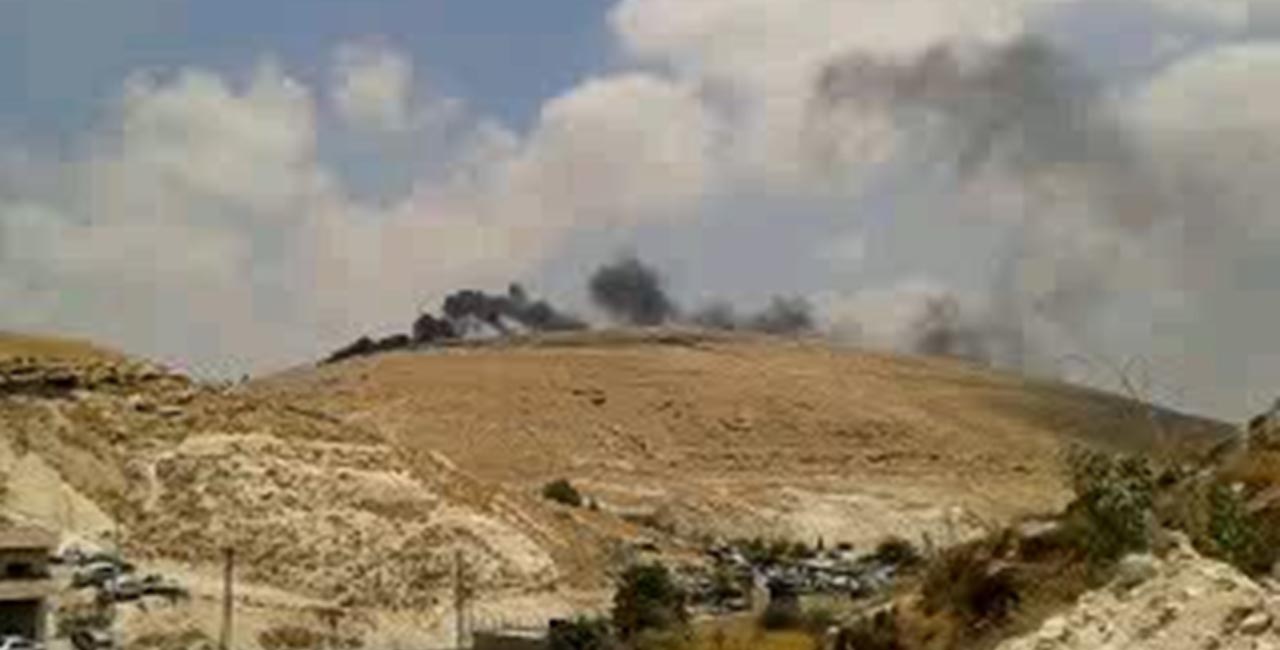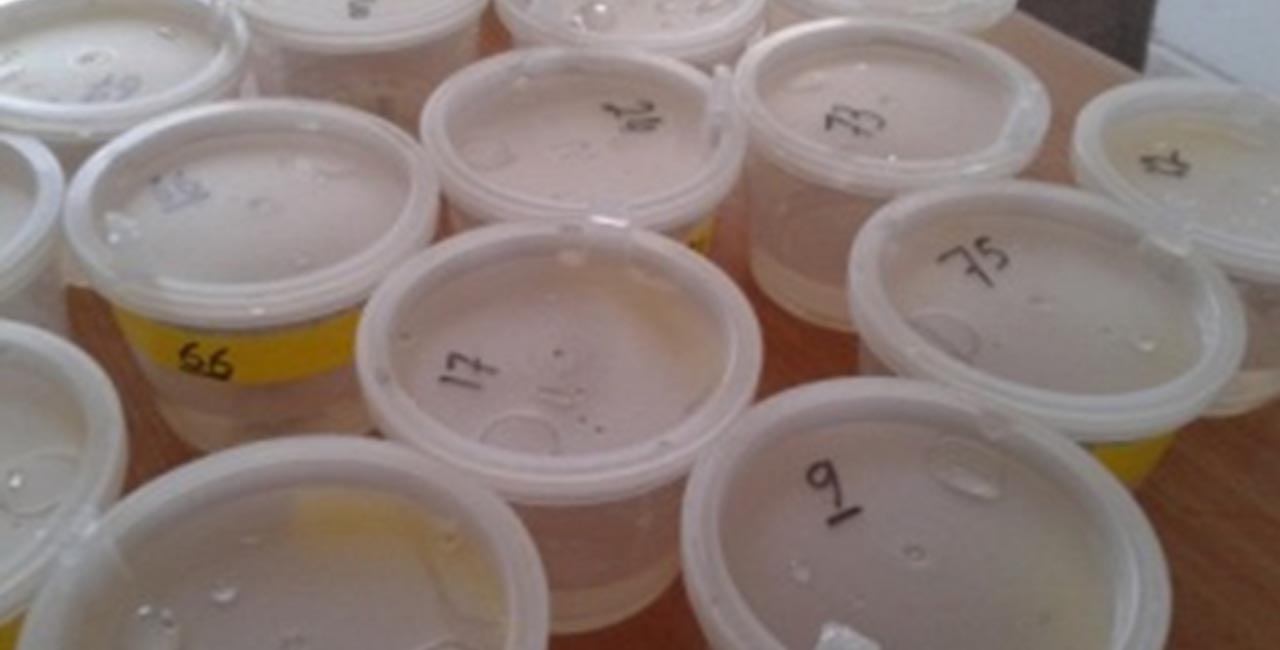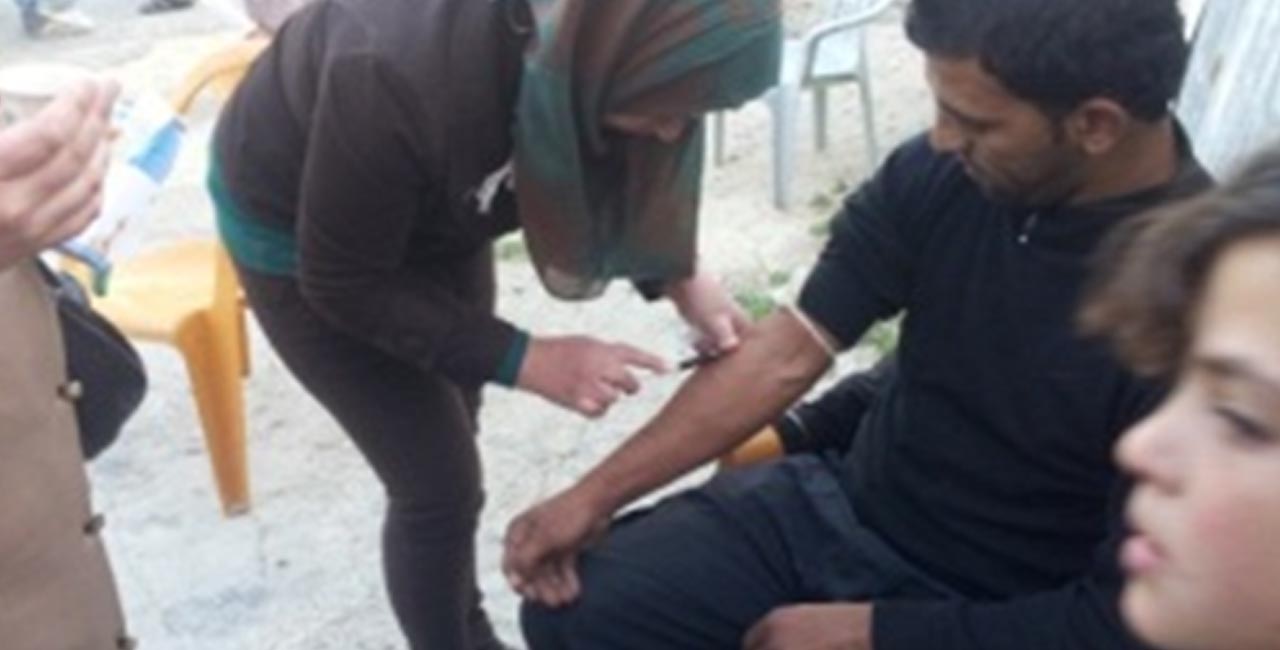Scientific research
GLSHD had conducted a several environmental and health-oriented researches in which some of them had been already published in an international scientific journal.
Impact of e-waste Burning on health and environment in the south west Hebron (2013-2015)
Research Objective : To show the effect of the burning E-waste on health and the environment.This research included of :
identify the places of burning and how far away from the communities through the aerial survey using (Google Earth) and aerial maps in addition to field visits to these sites:
It was found that most of the areas where the E-waste burning was carried out were (Idna, Deir Samit, Beit Awwa).
Feasibility study: The quantities, sources and methods in which E-waste is collected have been studied.
The Result : It was found that the "Dalal Area" is a collection area for these wastes and the sale of used pieces that come from Israel to Beit Awwa.
Environmental Study was through :
- Taking samples of soil and trees near to the burning sites and then analyzing their components. Result: Unprecedented contamination of lead, cadmium and chromium from burning these wastes.
- Sampling and analysis of spring water and evaporation to examine the concentration of heavy metals in the areas where the areas away from burning and comparison of the concentration of minerals with the areas of burning. Result: The results showed a serious increase in the level of these concentrations compared to the limit allowed by the Ministry of Health and compared to the places without the burning of this type of carcinogenic waste.
The Health study was based on:
- Blood samples was taken and analysis to examine the concentration of heavy metals in the burning workers and the population living in the affected areas and compared to the population living in a healthy environment.
The Results showed that there is a serious difference between healthy and affected communities in the concentrations of carcinogens in the blood, and that the residents of the region and who are burning were affected by both the dangerous consequences of this phenomenon. - Taking data from hospitals for the number of abortions in the affected areas (Idna, Deir Samit, Beit Awwa).
The Result: The number of abortions in the areas affected by the burning phenomenon was higher than in other areas like (Hebron, Sair). - Data were taken from pharmacies in the targeted areas to study the amount of Ventoline used.
The results of the study showed that the consumption of Ventolines and respiratory-resistant substances in the areas of Idna, Deir Samit and Beit Awwa was higher than in other areas. This indicates that the phenomenon of burning electronic waste is the reason for the increase in consumption of these substances. E-waste emits dust and smells resulting from burning affect the respiratory system.





